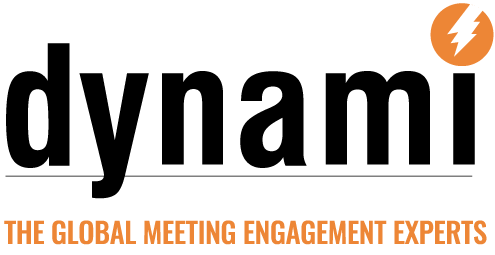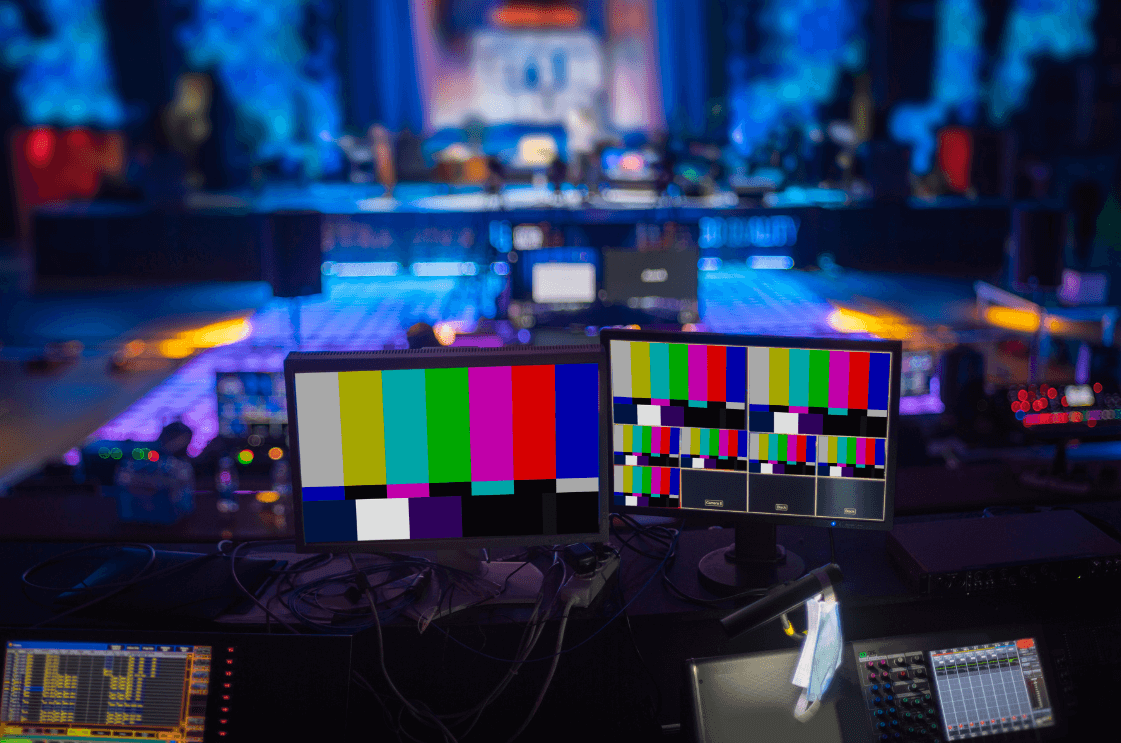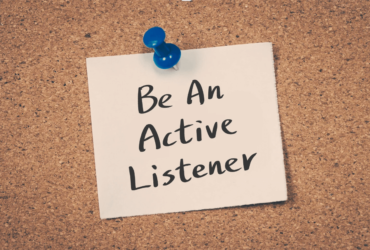When hybrid meetings and events first became a thing a couple of years back, we all figured it was an interim “workaround” option during a global pandemic. Now, the value and practicality of hybrid programs is being reinforced by soaring U.S. inflation [9.1%, a 40-year high] and unprecedented challenges in commercial air travel due to a shortage of pilots and flight attendants, aviation fuel costs, etc. As a result, hybrid programs are still very, very much a thing and how you execute them is critical to your program’s success and your budget …
A recent issue of Convene, the online publication of the Professional Conference Management Association [PCMA], presented a variety of hybrid options combining live and digital components in today’s, shall we say, dynamic times. The original source of info was a blogpost by Joe Pine II, co-author of the book The Experience Economy, and the options apply to both internal and user-meeting/dealer-facing planners and audiences.
At its most fundamental level, the list of options reminded me of picking and choosing a bundled cable TV service, selecting specific upgrades you want in a new car, or ordering off an a la carte menu. Opt only for what best suits your needs and desires … and of course, your ever-burdened budget. Let’s take a look at the different ways you can configure your upcoming program and the implications of each.
The Live Experience
This is the “mack daddy” approach, combining the best of all worlds, for both “command-performance” intra-company audiences and user-meeting/dealer-facing audiences. For both groups, attendees have the advantage of being physically present for presentations and workshops, able to conduct valuable networking, as well as reconnecting with work colleagues and friends. For user-meeting/dealer-facing events, attendees have the added benefit of potentially closing some business before hopping a flight back home and moving ever-closer to President’s Club status.
Additionally, attendees can enjoy post-conference access to digitized segments of the program they weren’t able to attend, as well as those they did attend but would like to go back to refresh their memory or share with a co-worker.
From a pricing standpoint for user-meeting/dealer-facing audiences, this is your premium offering with the majority of fees tied to your attendee’s onsite involvement and, for an extra hundred bucks or two, access to the post-event digitized sessions. This generally is an easy upsell if you’re offering highly regarded Continuing Education [CE] units as part of your program.
Digital Simulcast / Social Experience
For virtual attendees, whether internal or user-meeting/dealer-facing, this option is “the next best thing to being there” as the old long-distance telephone ad campaign touted. As planner, you and your audience members don’t have to hassle with expensive airline tickets, long TSA lines, the increasing likelihood flight[s] will be either delayed or canceled, as well as costs related to hotel rooms, meals, ground transportation, activities, décor, signage, onsite staffing, etc.
Fair warning: For you, the program owner, production costs are high. You’ve got to pay for expensive bandwidth to ensure reliable streaming, a video package that will likely include multiple cameras and operators, broadcast-quality lighting, and labor fees [crazy labor fees if you’re originating your program in a union market]. About the only way a user-meeting/dealer-facing planner can justify higher registration costs [and cover production costs] is to offer overwhelmingly compelling content and/or CE for which people are willing to dig deeper than usual.
But on the plus side, user-meeting/dealer-facing programs can use these digital simulcasts as a great way to promote the next in-person event by pushing prospective attendees’ FoMO [Fear of Missing Out] button. Showcase conference highlights non-attendees would have experienced first-hand if they’d gone “mack daddy” and attended in-person, followed by an early-bird registration opportunity featuring discounted pricing for the upcoming conference.
The Post-Event Asynchronous Experience
Fancy-Word Alert! Unlike the synchronous experience , “asynchronous” means delivering the meeting experience at a different time in a different place. But remember, surveys have shown audiences prefer a live or semi-live experience significantly more than pure on-demand – sort of like buying fresh, plump strawberries when they’re at their very best versus waiting a few days and buying darkening, withering strawberries on sale. [OK, a bit of an analogical stretch but you get my point.]
The Program Recap: Fully Digital
If you choose this option, keep these three things in mind:
Timing — Use the 3-4 weeks following your live program to slickly post-produce the best-of-the-best segments and build them into two, disciplined, half-day sessions since online audiences are even more difficult to engage than in-person audiences. [This is where your secret television producer skills have a chance to shine.]
The Proper Program Balance — Strike the right mix of pre-packaged programming [75%] from the in-person event along with fresh, new content segments [25%] even in-person attendees haven’t yet seen. This extends your content’s “shelf-life” and, for user-meeting/dealer-facing programs, broadens your marketing targets – those who didn’t attend the in-person event and those who did and are curious about the brand-new content.
Pricing – For user-meeting/dealer-facing events, factor in the appeal of your CE offerings and price the fully digital conference [including the new content] at roughly 30% of your “mack daddy” pricing for in-person attendance. You might consider a deeper discount for those who attended in-person since they’ve already seen a good bit of what has been packaged but are interested in the fresh content.
Give Serious Consideration to the Right Approach
Internal planners and user-meeting/dealer-facing event planners are taking a hard look at the benefits and drawbacks of hosting traditional, 100% in-person events. Whereas two years ago we figured all would be back to pre-pandemic norms by 2022, now all bets are off as inflation/labor/supply chain-driven costs have skyrocketed [production, airfare, hotels, food & beverage, everything!] and simply getting there isn’t the mostly safe bet it used to be.
Of course we want to deliver key business messaging in a meaningful and compelling manner but, hey, maybe some folks need to be physically present and others can tune in from afar whether live or later. That’s not to short-change anyone’s value, it’s just the reality of minding your dollars in tough economic times.
At dynami, I would say a full 40% of our programs to-date in 2022 have been executed as hybrid events and at least three-quarters of those clients prefer that approach to traditional F2F meetings. At least for us, I see this trend continuing through 2023 and my hunch is it’s here to stay, especially as technology evolves and [hopefully] costs become more reasonable than they currently are.
Aside from cost savings, artfully managed hybrid programs yield several spin-off benefits. They can be offered as learn-at-your-own-pace options, programming can be archived for historical purposes, program segments can be specifically packaged for social media platforms, and they allow virtual attendees to spend less time on the road and more time at home.
One final note: If you’re engaging an outside keynote speaker as part of your event, discuss up-front what your plans are for capturing, streaming and otherwise presenting his or her content since they deserve to be fairly compensated for each manner of delivery.
We do live in crazy but exciting times right now, wouldn’t you agree?
Cheers,
Kenneth Jones






